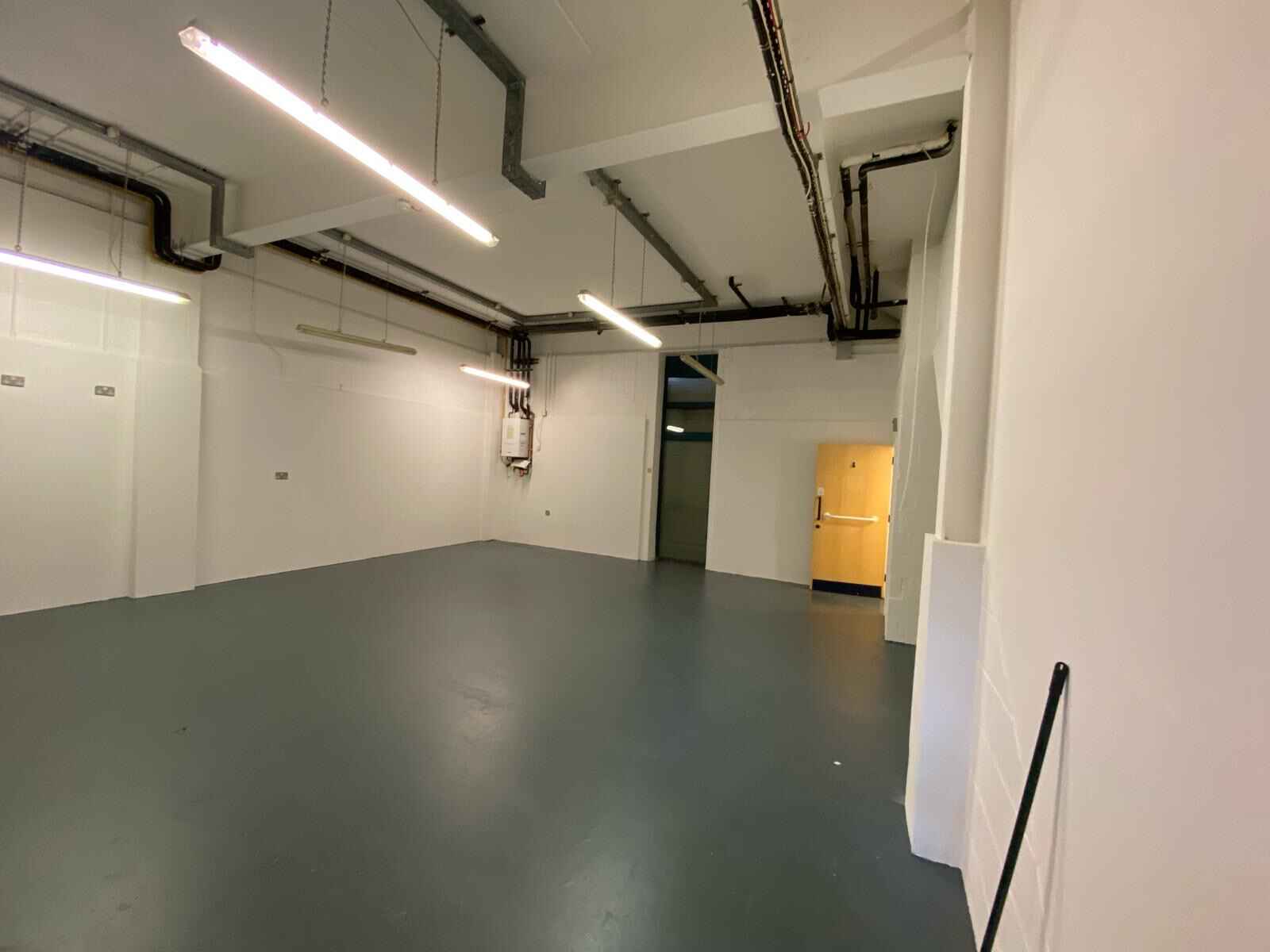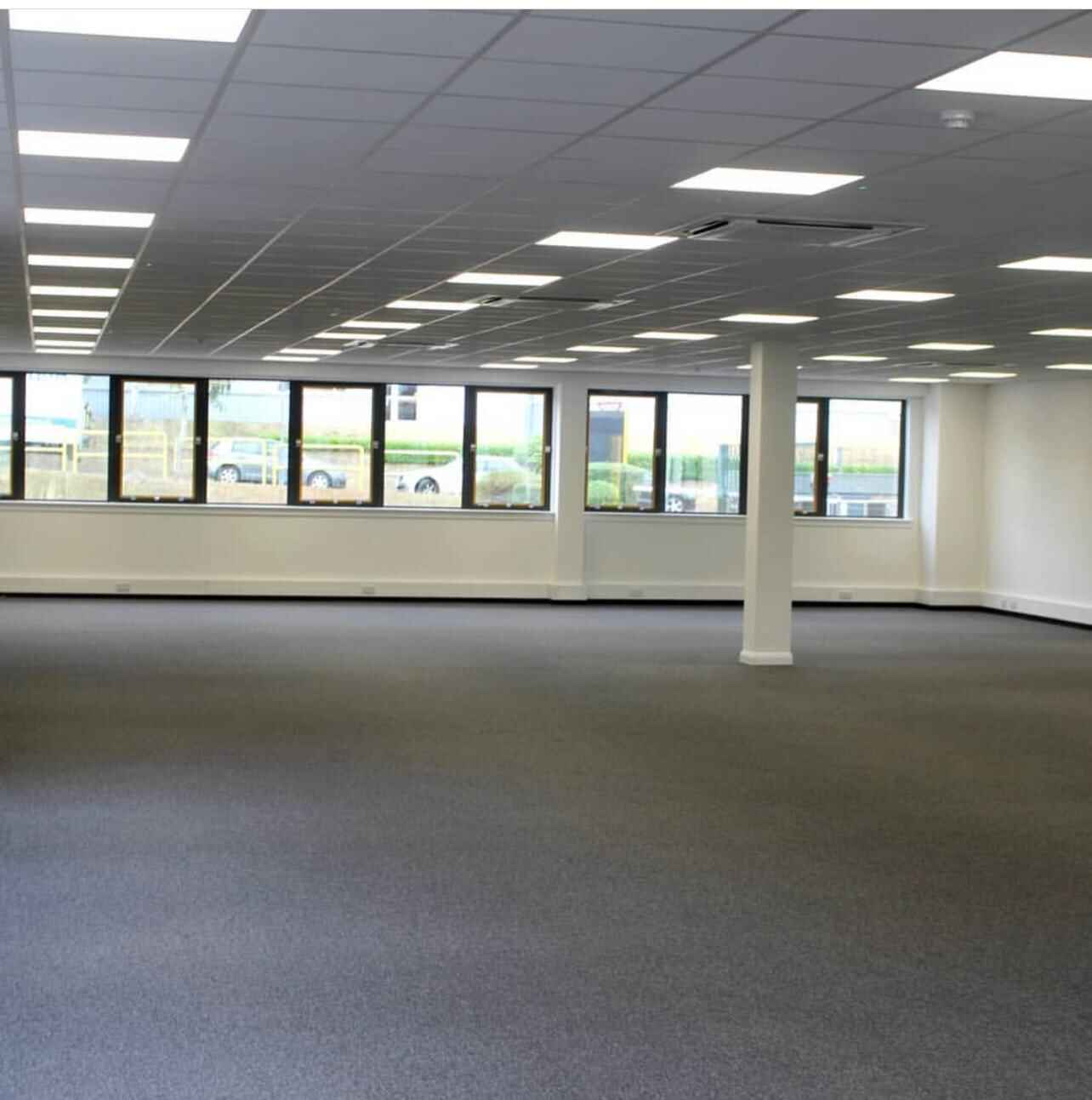What are Dilapidations Costs?
Dilapidation costs, often called "dilaps," are the expenses required to bring a leasehold property back to the condition mandated by the lease. Depending on the lease terms and repair covenants, these costs include repairs, cosmetic work, and even necessary structural improvements to restore the property to its pre-lease state.
Suppose you've made substantial or structural changes to the property and are obligated to reinstate it to its original condition, or you've taken on a property in poor repair with a high-threshold repair covenant. In that case, you will likely face significant dilapidation costs. This does not necessarily imply that you have neglected the property; it simply means the property is not in the same state as it was at the start of the lease.
Landlords and tenants must align their expectations at the end of a commercial lease to ensure a straightforward dilapidation process. There should be no ambiguity or hesitation about the required state of the property upon lease termination.


